A brief timeline of events towards the Australian Republic
Since time immemorial: At least 65,0000 years ago, First Peoples inhabit this continent.
August 1770: Captain Cook claims the continent for Great Britain
26 January 1778: First Fleet arrives at Sydney Cove
1856: A world first: the secret ballot, which became known around the world as the Australian ballot, is held in Victoria
1856: A world first: an independent electoral commission is established in South Australia
1889: Final draft of the Constitution
1891: National Australasian Convention adopted draft of a Bill to constitute the Commonwealth of Australia
1897-1898: Second Convention held
1898-1900: A series of referendums held to approve the Constitution in each state
1900: Constitution enacted as section 9 of the Commonwealth of Australia Constitution Act 1900, an act of the Parliament of the United Kingdom
1 January 1901: Federation of separate colonies into the Commonwealth of Australia
1912: Introduction of requirement to provide “Yes/No” documentation for referendums in Australia
1926: The Imperial Conference in London includes the development of a High Commissioner role. It also resolves that Governors-General should no longer be representatives of the British government
1930: The Imperial Conference in London resolves that the government of the country concerned should provide the advice on who to appoint as Governor-General. In Australia, this would mean the Prime Minister would make the recommendation
1931: Sir Isaac Isaacs, the first Australian-born Governor-General, and the first Governor General to be recommended by the Prime Minister, is sworn in
1939: Declaration of Second World War by Great Britain. Prime Minister Robert Menzies declares “…in consequence of a persistence by Germany in her invasion of Poland, Great Britain has declared war upon her and that, as a result, Australia is also at war.” This continues the precedent of following Great Britain to war
1941: After the fall of Singapore and the United Kingdom’s military retreat from our region in the middle of the war, Prime Minister John Curtain made a speech saying “Australia looks to America, free of any pangs as to our traditional links or kinship with the United Kingdom…”
1942: Australian Parliament legislates the UK’s Statute of Westminster 1931, backdated to 1939. This formally gives Australia legislative independence from the day World War II began
1965: William Philip Sidney, the last non-Australian Governor-General, ends his term
1970: The Governor-General, Sir Paul Hasluck, refuses to send troops to what was then called the Territory of Papua and New Guinea, without the consent of the Cabinet (instead of requiring the consent of the Queen)
1972: UK joins the European Economic Community, prioritising that group over the Commonwealth in matters of trading
1972: Establishment of the Aboriginal Tent Embassy
December 1972: Gough Whitlam elected Prime Minister, commences his government with a duumvirate
1975: Governor-General John Kerr dismisses the Whitlam Government
1986: Australia Act legislated, eliminating the ability of the United Kingdom from legislating with effect in Australia
26 January 1988: Bicentennial. Wurundjeri man Burnum Burnum places the Aboriginal flag on the cliffs of Dover. He pronounces a declaration claiming sovereignty and taking possession of England ‘on behalf of the Aboriginal Crown’
May 1988: New Parliament House opened
July 1991: Launch of the Australian Republican Movement in Sydney
1991: Paul Keating takes over as Prime Minister and makes proposals for a referendum or a plebiscite to speak to the republic question
June 1992: Overturning of terra nullius, thanks to the work of Eddie Mabo
1993: Prime Minister Paul Keating marshals a government-commissioned report entitled An Australian Republic
1993: Prime Minister Paul Keating establishes the Republic Advisory Committee
1994: Opposition Leader Alexander Downer promises a ‘People’s Constitutional Convention’
1996: Prime Minister Paul Keating makes the republic question a central tenet of his election campaign and the new Opposition Leader, John Howard, confirms he would stick to the promise of holding a constitutional convention, and if the convention wanted it, would hold a referendum before the end of the decade
August 1997: Constitutional Convention (Election) Act 1997 passes
February 1998: Constitutional Convention held, including with the involvement of many ARM delegates. The Convention agreed to take the question to a referendum, and to use the 2/3 majority model. The wording was not decided at the Convention
July-August 1999: Wording for the Referendum chosen by the Howard Government
6 November 1999: Republic Referendum is held and fails
2000: Governor-General Sir William Deane opens the Sydney Olympic Games (though it is meant to be the Head of State)
2006: 31 years since the Dismissal. It is anticipated that the relevant letters (which will come to be known as the Palace letters), should be released to the public as commonwealth letters. They are instead deemed “personal” and kept secret
2012: Referendum (Machinery Provisions) Amendment 2012. Among other changes, this alters how money can be spent on the Yes/No campaigns in referendums
2016: Professor Jenny Hocking commences proceedings in the Federal Court against the National Archives for the release of the Palace Letters
2017: Opposition Leader Bill Shorten promises a vote on the republic in the first term of a Labor government
2020: High Court Decision on the Palace Letters, and they are made public in July 2020
2022: National Archives releases further correspondence related to the Dismissal
2022: Matt Thistlethwaite appointed Assistant Minister for the Republic
2023: The Voice Referendum is held and fails
October 2025: After a visit with the King, Prime Minister Anthony Albanese confirms there will be no further referendums during his time in government
November 2025: 50 years since the Whitlam Dismissal is marked at symposia by the Whitlam Institute, ANU and the Museum of Australian Democracy
